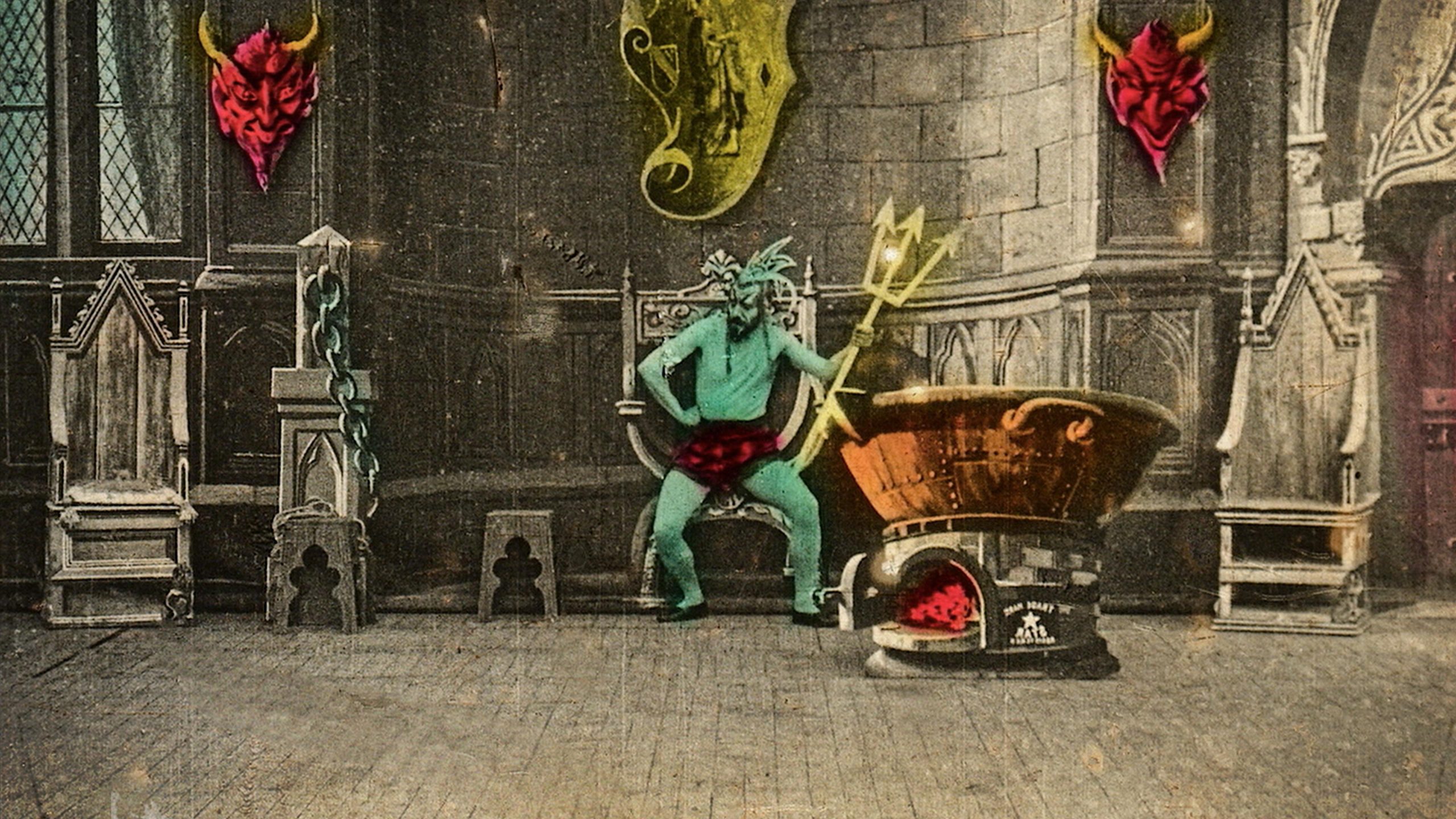For a long time, we’ve given the same advice to filmmakers about making a short. Don’t do it. Make a feature instead. However, our recent series of discussions on ultra microbudget filmmaking have pushed us to reconsider. Or at least add a little nuance into the conversation. (Nuance = the acknowledgement that issues might not have easy one-size-fits-all snackable answers. Yes, we’re also posting this on social media.)


Realistically, there are pros and cons to both shorts and features. Both can help you advance and take the next step in your filmmaking journey. We still will almost always recommend making a feature at the ultra microbudget level (more on this later). But here are some reasons to consider making a short first.
Shorts are easier to make across the board. They’re (usually) cheaper, faster, and lower stakes. If you’re an inexperienced filmmaker, they’re good for building your skills and trying out new ideas or techniques. They won’t advance your career (yes, even if you get into that film festival), but they will advance your ability. The argument for using them as proof of concept for bigger projects is a little more complicated, with a few cherry-picked success stories like Whiplash from decades ago. That said, if you make a “proof of concept” that’s also a scene from your feature, it’s another story. Or at least the start of a bigger story. This is what director Toby Jones did for his ultra microbudget feature AJ Goes to the Dog Park.
Features are harder to make but have higher potential rewards. They’re more expensive, take longer, and require more planning. However, the ultra microbudget model can mitigate some, if not all of, these potential downsides. While you will probably need more time to develop, write, and plan an ultra microbudget feature, the minimalist production model generally means a 10-12 day shoot for under $25,000. Comparing the budgets and timetables of a lot of “successful” shorts, you’re getting way more bang for your time, energy, and buck.
More importantly, producers and film financiers want proof that you can handle a feature length project before they’ll invest in you for a bigger project. Features are also much easier to monetize and distribute, so you have a chance of actually making back the money you spend. Especially if it’s at the ultra microbudget level! If you can pull it off, nothing will open more doors in your film career than having a feature under your belt.
So to recap for the tl;dr folks, you should make a short if:
a) It’s your first or second time making a film
b) You have an idea you want test out
c) You’re focused on building specific skills (working with actors, capturing good sound, cinematography, etc.)
Bonus tip: if you’re testing a proof-of concept, it should a scene from your feature or pilot episode for a series. You’ll save yourself time and money and get a head start on your bigger project!
You should make an ultra microbudget feature if:
a) You’ve already made a few shorts and are comfortable with the fundamentals of filmmaking
b) You can put together a small team that you trust to execute (3-4 people is enough if everyone can do multiple things!)
c) You’ve made a successful proof of concept and are ready to scale up
d) You have experience or guidance making a budget (not just for production, but for marketing and distribution too)
e) You’re ready to go to the next level in your career
Again, at HV, we will almost always advocate for making features at the microbudget level unless you’re a complete novice or want to test out some very experimental ideas! For more about why we support ultra microbudget as the best path for independent filmmakers, follow us on social media or, better yet, become a member!

SAY HELLO!